This information is intended as a general guideline only. It is always important to seek additional assistance from your medical practitioner and / or allied health professional for more comprehensive and individualised advice for your child.
* Reference for illustrations shown throughout the Toilet Time Tips page:
Toilet Time: A Resource Manual. Toilet Training for Young Children with Developmental Delay. Author: Debbie Atkins, Occupational Therapist.
© Copyright:
Department for Communities and Social Inclusion. South Australia 2004.
Send an enquiry to:
 if you have further queries.
if you have further queries.

Healthy bladder (wee) and bowel (poo) function is essential for effective toilet training.
So, first consider if there are any underlying health issues that may impact on toilet training for your child. In particular, watch for signs of constipation or diarrhoea, urinary tract infection or any abnormal patterns with bladder or bowel function. If there any concerns, then it is important to seek medical guidance before starting toilet training.
Before starting toilet training keep a record of your child’s wee and poo patterns for one week. This will help to:
Check your child’s nappy or pants every hour and record:
| Time: | Drinks and Meals: | Wee: Wet or Dry Wee in Nappy, Pants or Toilet |
Poo: Soiled or Clean Poo in Nappy, Pants or Toilet |
Awareness: Any behaviours or words that may indicate awareness before or after a wee or poo |
|---|---|---|---|---|

It is generally accepted that it is best to wait for a child’s signs of readiness before starting toilet training. However, these signs of readiness are not always clear for many children, particularly children with developmental disabilities.
The best indicator of your child’s readiness for toilet training is:
Other helpful signs of readiness may include when your child shows:

A healthy diet with adequate daily fibre and fluid intake will help to maintain healthy and regular bladder (wee) and bowel (poo) patterns.
Toilet equipment is particularly important for young children.
These are a few suggestions:
A stable children’s insert seat will be needed on a standard toilet for young children.
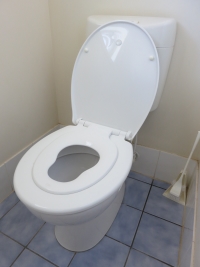
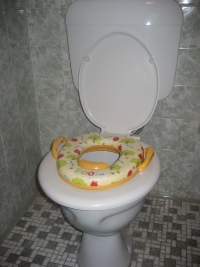
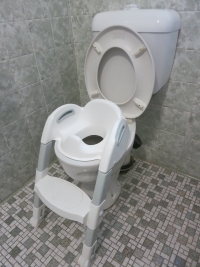
Choose a toilet step stool that is the correct height to support your child’s feet when sitting on the toilet.
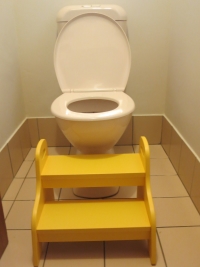
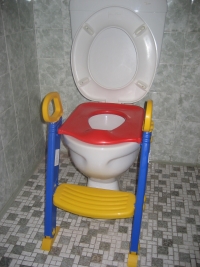
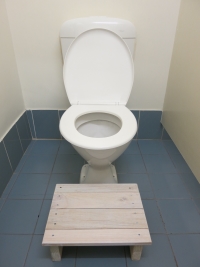
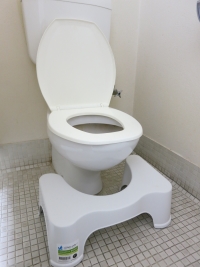
Some children may need additional supports. Individualised professional advice is highly recommended.
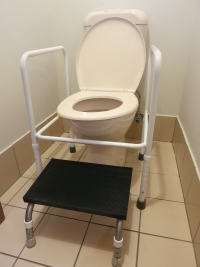
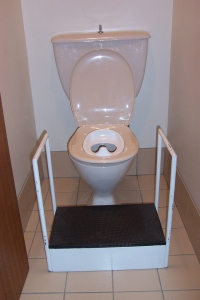
Toilets are frequently very dull, uninteresting and sometimes frightening spaces. And, at times, it can be a challenge to encourage a reluctant child into the toilet.
These are a few suggestions:
Consider wall posters or printed pictures and hanging decorations.
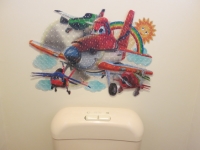
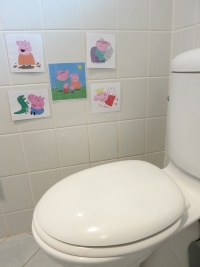
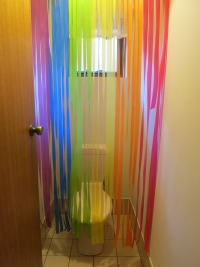
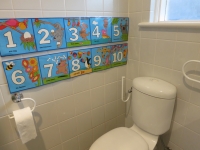
Create a special toilet time bag or basket with a storybook, photo book, song cards or other small manipulation toys to keep toilet time fun.
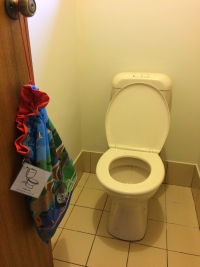
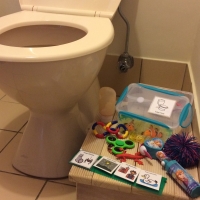
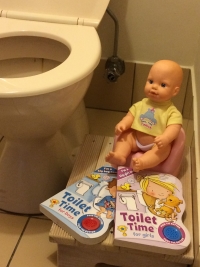
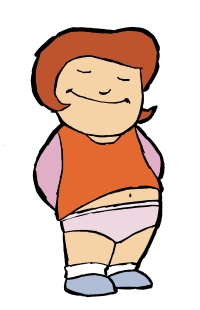
At some stage it is important to transition from nappies (including pull-up nappies) into underpants. This will increase your child’s awareness and is an ESSENTIAL step in the learning process.
Many families choose to introduce underpants as an early toilet training strategy. However, a more gradual introduction may be a more successful approach for some children. A few suggestions:
In particular, it can be difficult to decide when is the best time to introduce underpants, so be guided by your child’s readiness as well as family capacity.
For your child, the best time to introduce underpants is when:
Lastly, as a family, it is important to be prepared that wetting and soiling ‘accidents’ will happen when underpants are first introduced. These ‘accidents’ are an excellent teaching opportunity and should be viewed as an integral part of the learning process. So, be prepared with multiple underpants and a simple clean up routine to manage this stage with a positive approach and minimum fuss.
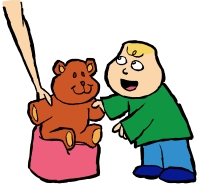
Visual tools are really helpful for opening a relaxed conversation with your child about toileting and how the bladder and bowel works.
It provides an opportunity to talk about body sensations and to learn the steps involved in the toilet routine.
In addition, this learning opportunity helps your child to develop their own language for communicating their toileting needs.
Some suggestions:
Toilet Time visual storybooks for children are available in print and e-Book format via the Toilet Time website shop at: www.toilettime.com.au
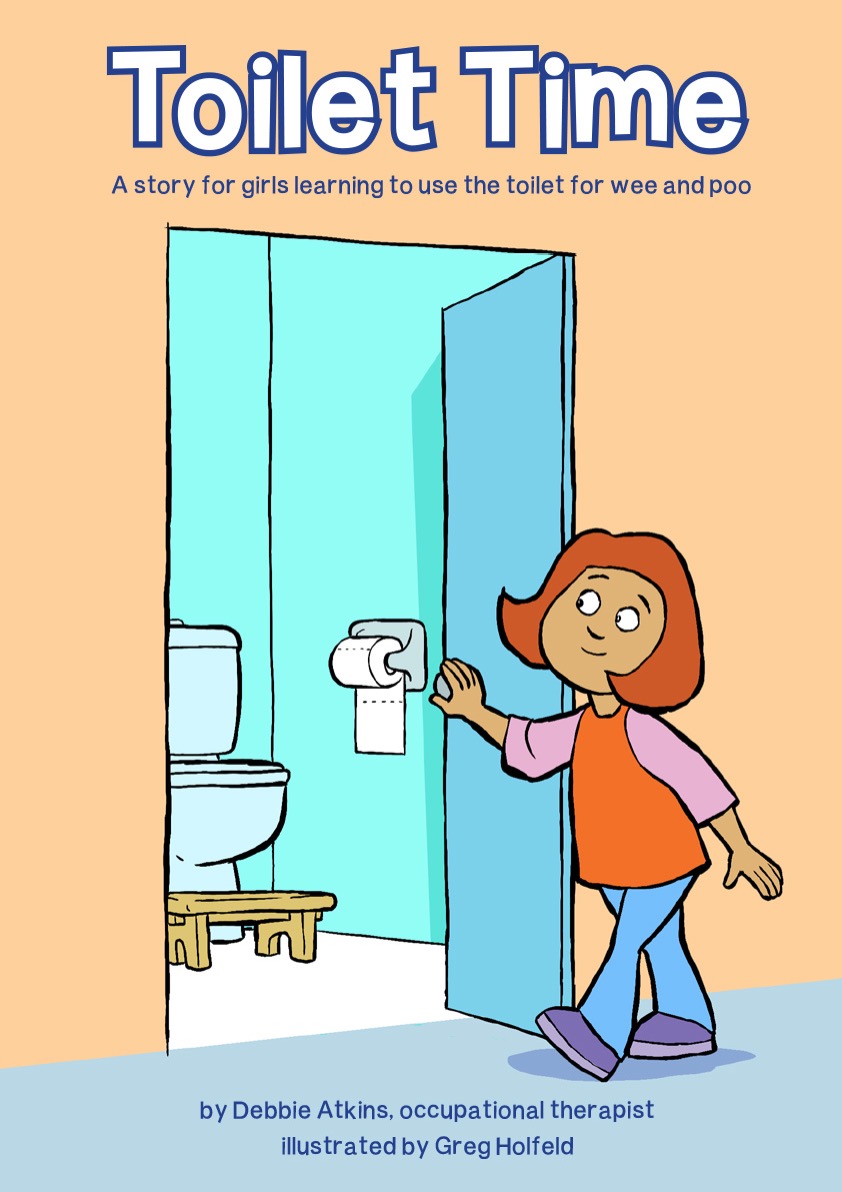
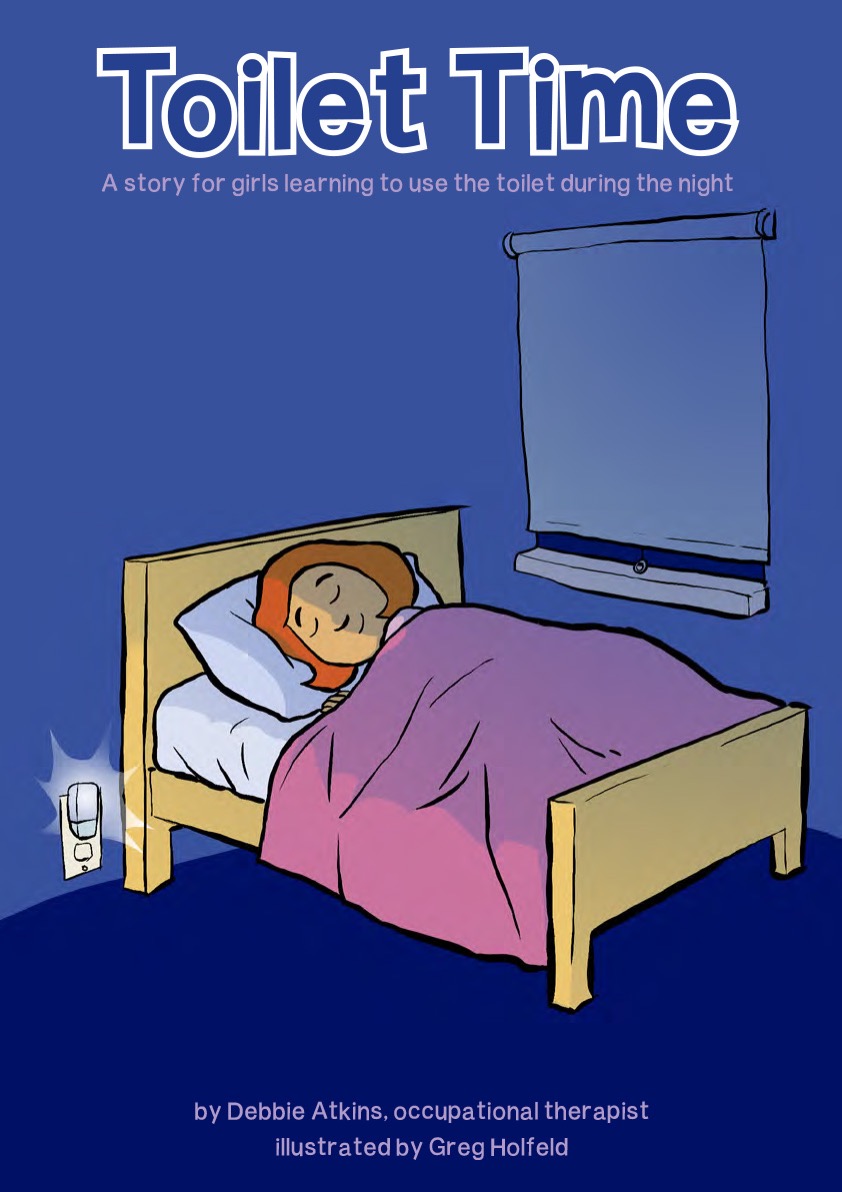
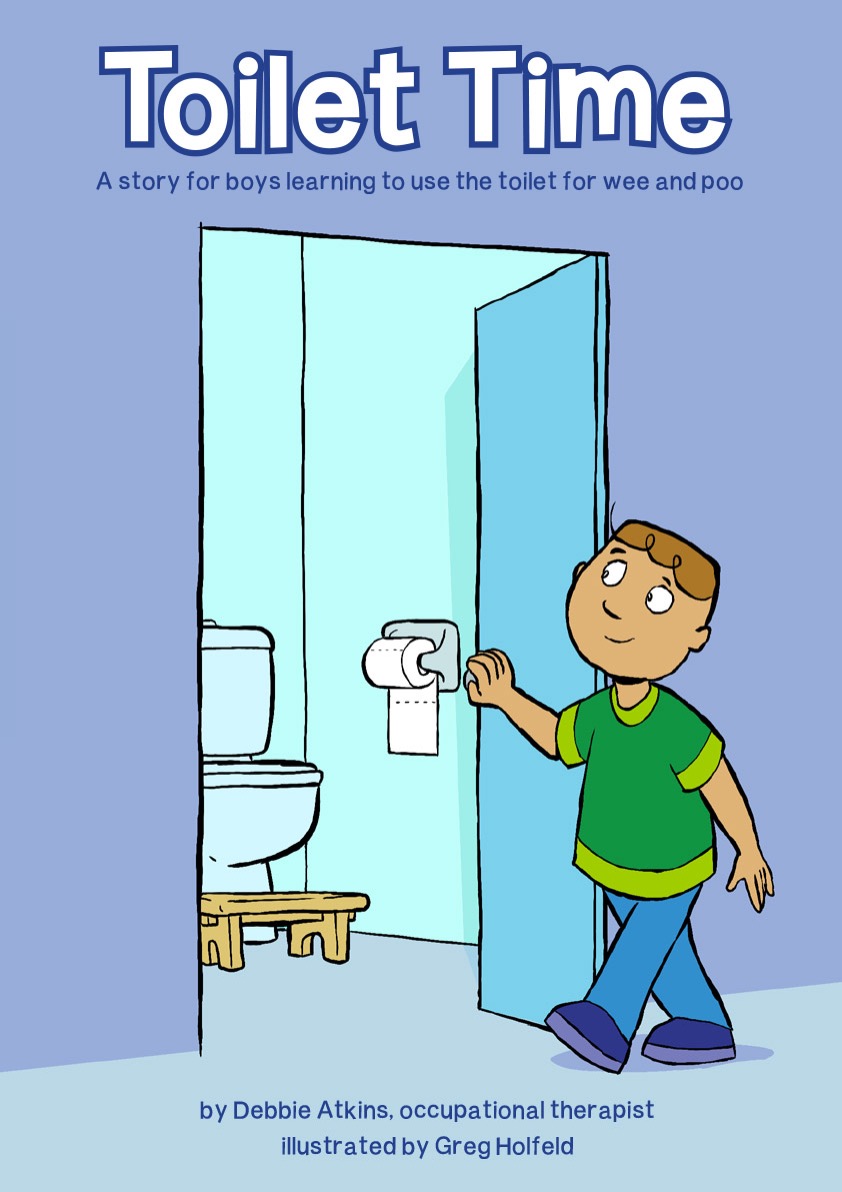
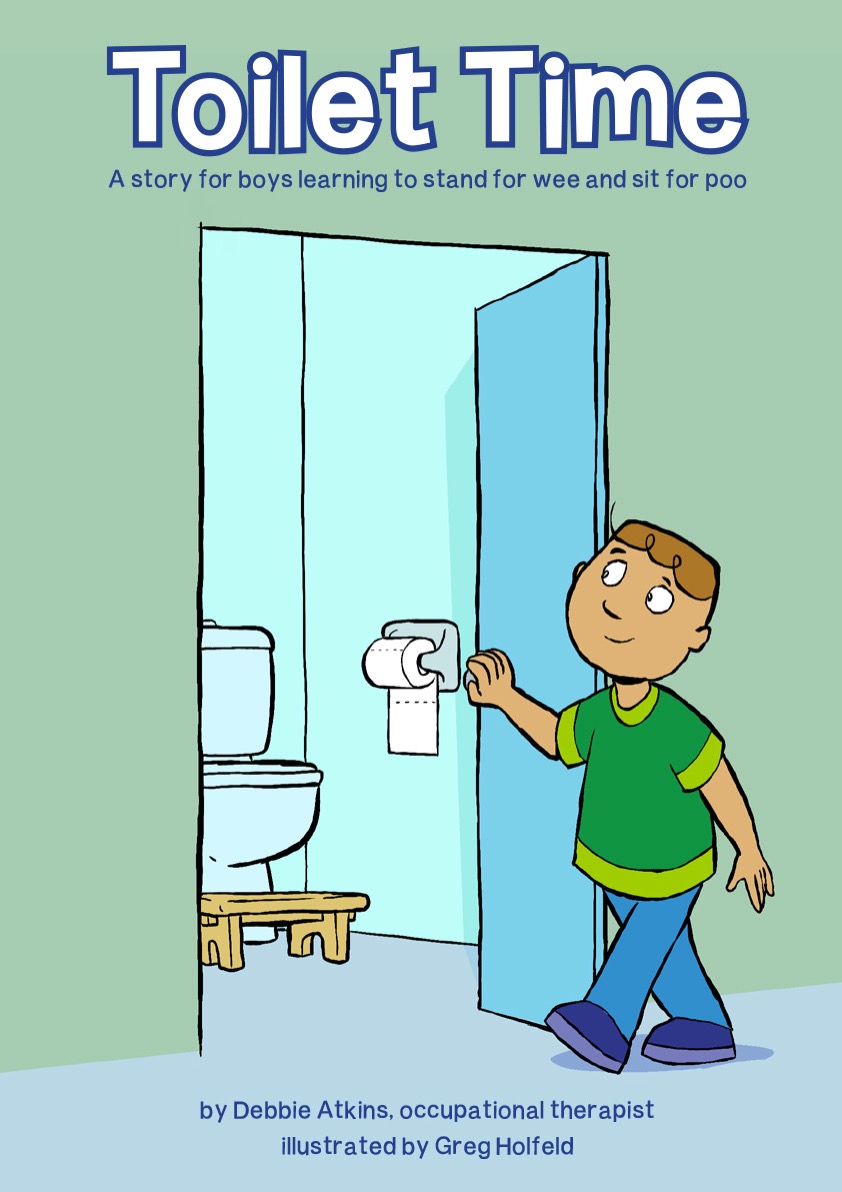
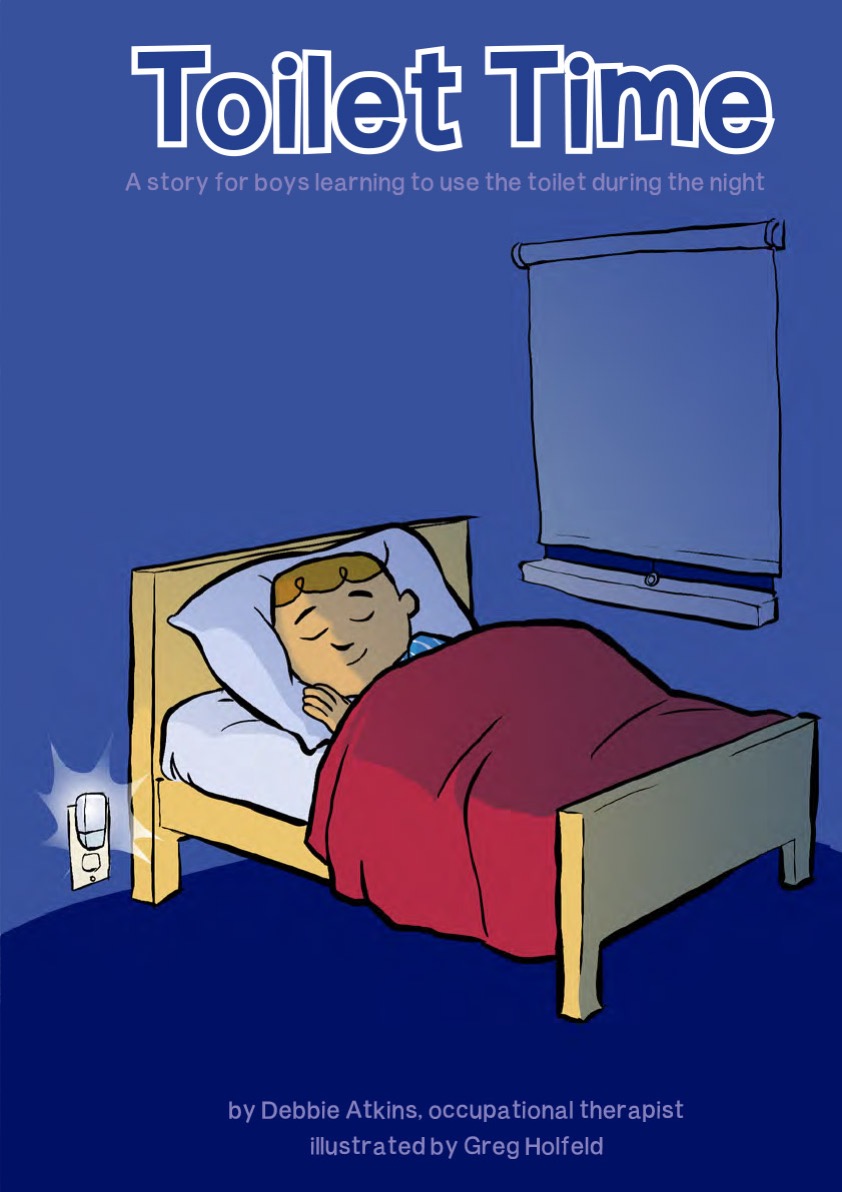

Photographs
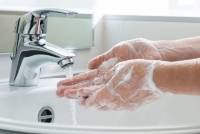
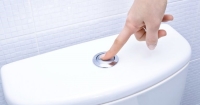
Toilet Time illustrations using the same ‘Are You Ready?’ and Toilet Time storybook characters are available in print format via the Toilet Time website shop at: www.toilettime.com.au
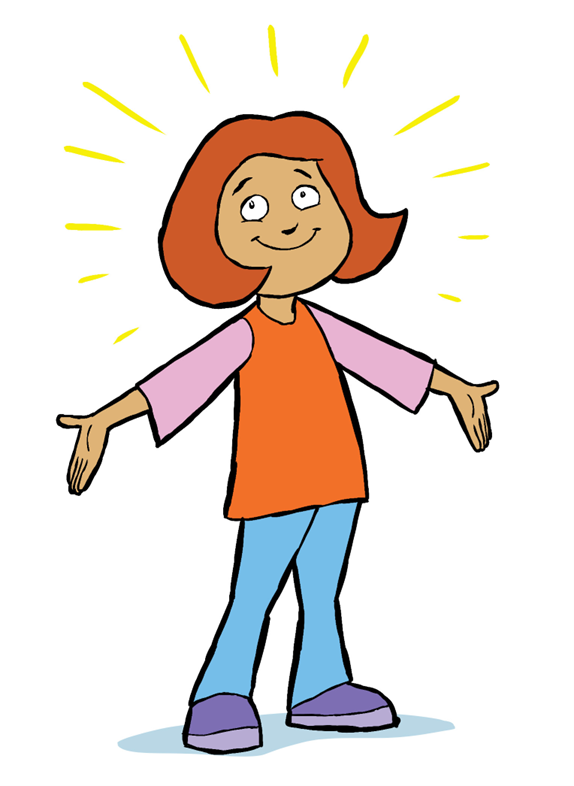
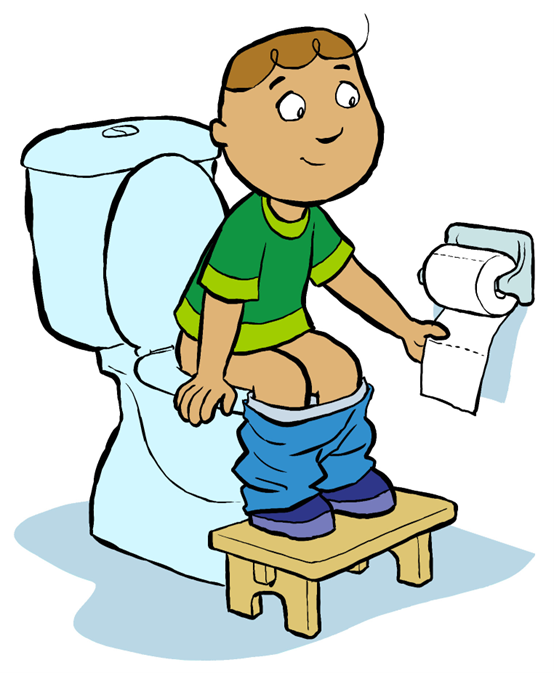
Alternative illustrations, available as a fact sheet in electronic format are the Girls and Boys Toileting Sequence Pictures available from Continence Foundation of Australia / Resource Section: continencevictoria.org.au
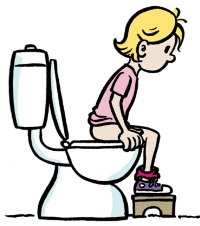
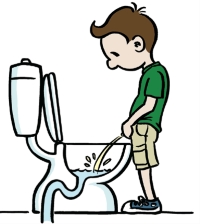
Symbolic pictures, such as: Boardmaker ® Software by Mayer-Johnson.
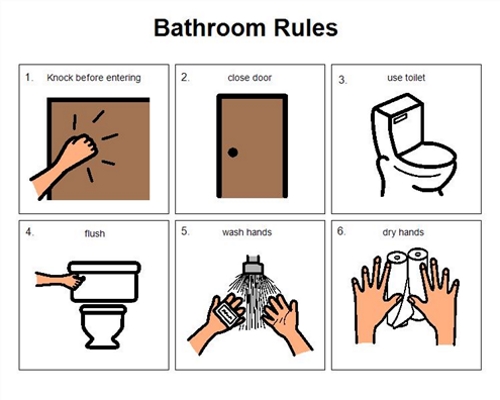
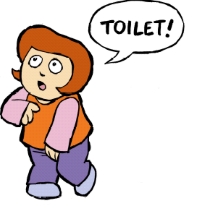
Voluntary release with wee and poo in the toilet is most likely to occur with a consistent and relaxed daily routine.
NOTE: For boys, it is best to first introduce a toilet sitting routine for both wee and poo. Learning to stand for urination can be introduced later once a sitting routine is well established.
To begin, it is helpful to plan a regular daily prompted toilet sitting time when your child is most likely to have a full bladder or bowel. Use the toilet record chart as a guide for these times. In particular, try introducing a toilet sitting routine soon after waking and / or after every meal and snack time, when natural urges are most likely.
However, also watch as your child begins to show signs of a ‘need to go’. These may include removing or pulling at their pants, requesting a clean nappy, jiggling, pacing, hiding, moving into a squat position or leaning on furniture. This is an excellent time to also quickly use an encouraging prompt with a clear statement ‘it’s toilet time’!
Lastly, shift all clean up routines to the bathroom and include a toilet sitting time to remove any wet or soiled garments. Use this as a teaching opportunity to talk about ‘wee and poo going in the toilet’ and to practise toileting independence skills.
Try to remain relaxed and supportive as your child gradually develops understanding and active physical control during toilet routines. Use social praise with a smile, hug, High 5 and positive words of encouragement. Reward systems should be used with caution.
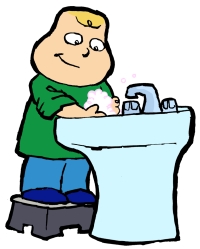
All young children will need help initially to participate in the toilet routine.
But over time, it is important to encourage your child’s independence with the many skills in the toilet routine, such as pulling pants down and up, remembering to flush the toilet, washing hands effectively and lastly, learning to wipe their bottom.
Provide gentle, physical help initially alongside simple verbal direction and / or visual cues to teach skills. Be relaxed and encouraging and introduce each skill one step at a time.
Watch for your child’s understanding and self-initiation with these skills, and gradually provide less physical assistance and verbal reminders as they become more independent.
Remember learning a new skill takes time and children learn best with:
Consistent daily learning opportunities, Clear, gentle guidance and Positive encouragement.
as your child gradually learns this important developmental skill.